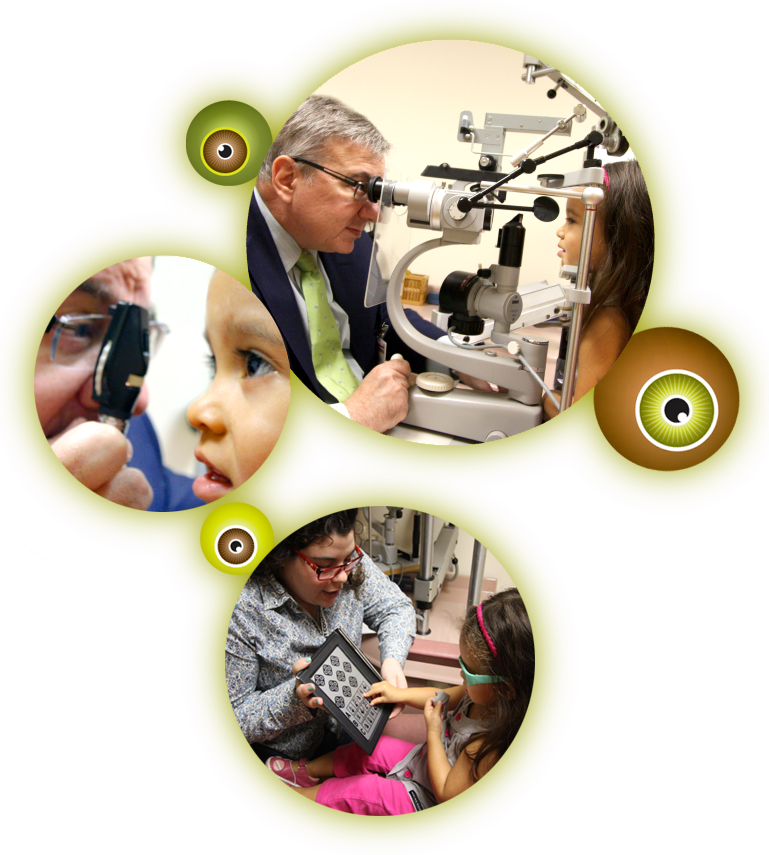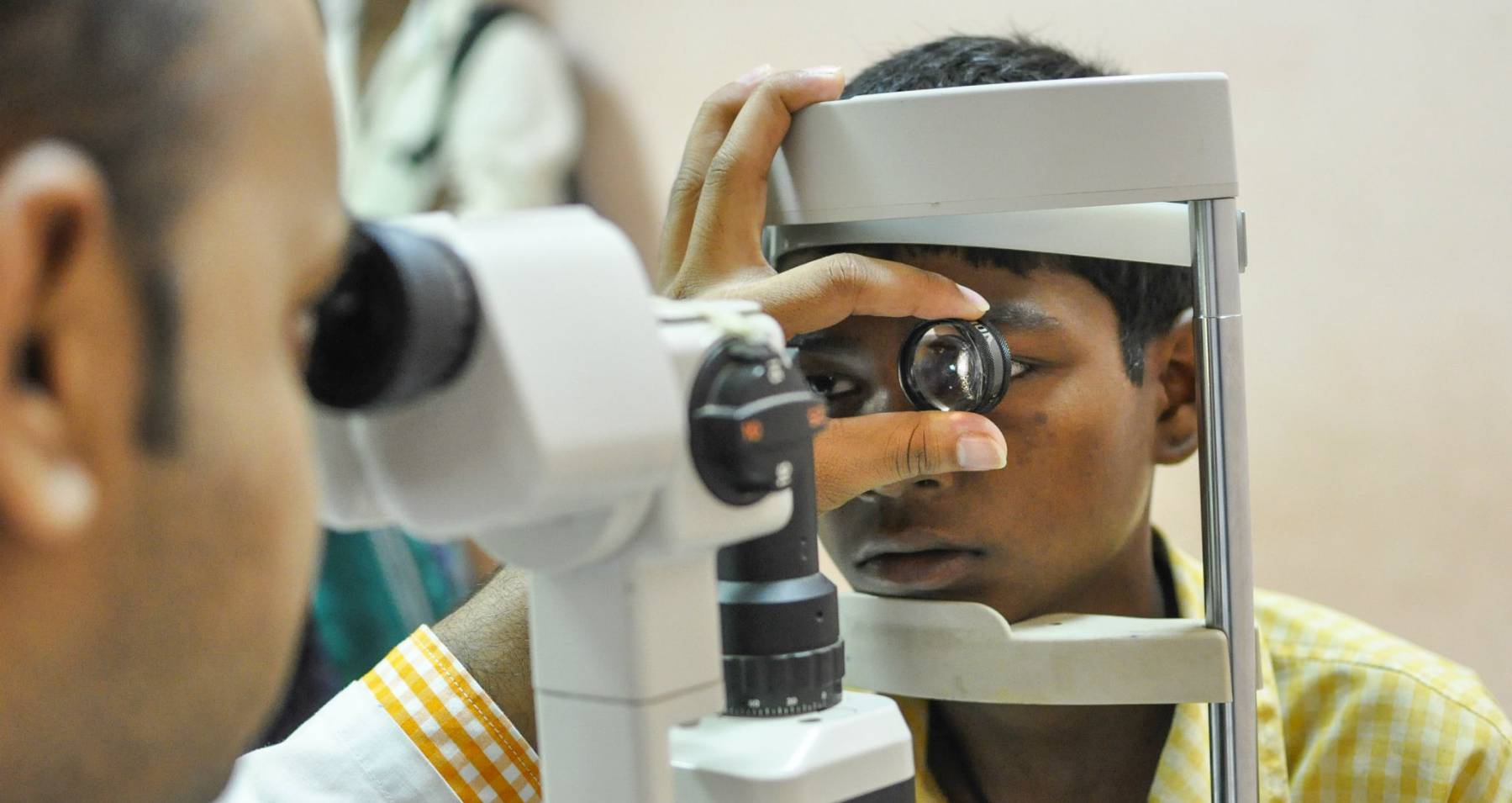Pediatric ophthalmologists focus on the development of the visual system and the various diseases that disrupt visual development in children. Pediatric ophthalmologists also have expertise in managing the various ocular diseases that affect children. Pediatric ophthalmologists are qualified to perform complex eye surgery as well as to manage children’s eye problems using glasses and medications. Many ophthalmologists and other physicians refer pediatric patients to a pediatric ophthalmologist for examination and management of ocular problems due to children’s unique needs. In addition to children with obvious vision problems, children with head turns, head tilts, squinting of the eyes, or preferred head postures (torticollis) are typically referred to a pediatric ophthalmologist for evaluation. Pediatric ophthalmologists typically also manage adults with eye movement disorders (such as nystagmus or strabismus) due to their familiarity with strabismus conditions.

Children experience a variety of eye problems, many quite distinct from adult eye diseases. Pediatric ophthalmologists are specially trained to manage the following disorders:

The Chetak Netralaya ’s Pediatric Ophthalmology service provides comprehensive, compassionate care of children’s vision ranging from general eye exams to treatment of the most complex childhood eye diseases and disorders. Pediatric ophthalmology is a subspecialty of ophthalmology dealing with children’s eye diseases. The human visual system develops as the brain matures, a process that takes about ten years. Although a baby’s eyes are optically capable of seeing, infant vision is limited to around 20/1500 (the ability to see the shapes of people but not their features), in part because the brain has not learned how to process the visual messages it receives. As visual development proceeds, that same child will eventually be able to detect the finest details in an image.
Common Pediatric Eye Problems:
- Amblyopia (“lazy” eye)
- Lacrimal duct obstructions (blocked tear ducts)
- Cataracts
- Nystagmus (“shaking” eyes)
- Ptosis (droopy eyelid)
- Congenital malformations of the eye
- Congenital optic nerve problems
- Strabismus (crossed eyes, wandering eyes)
